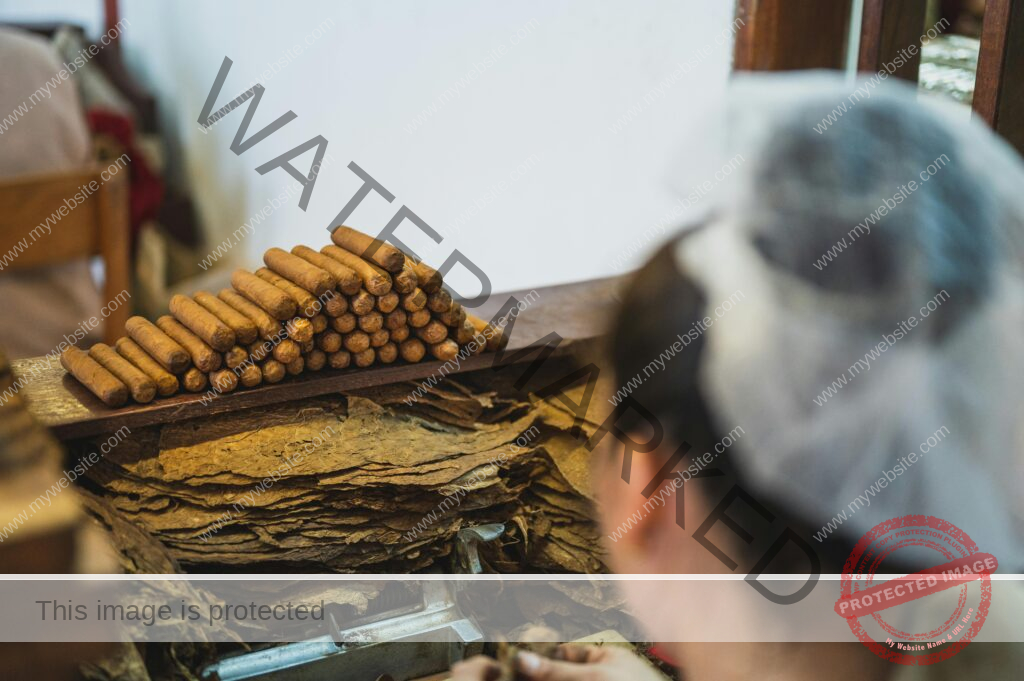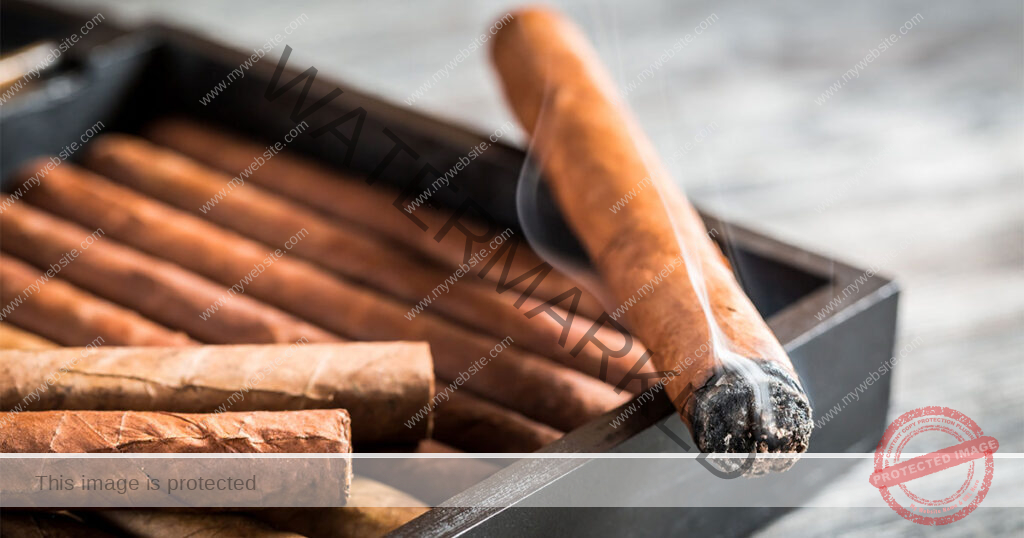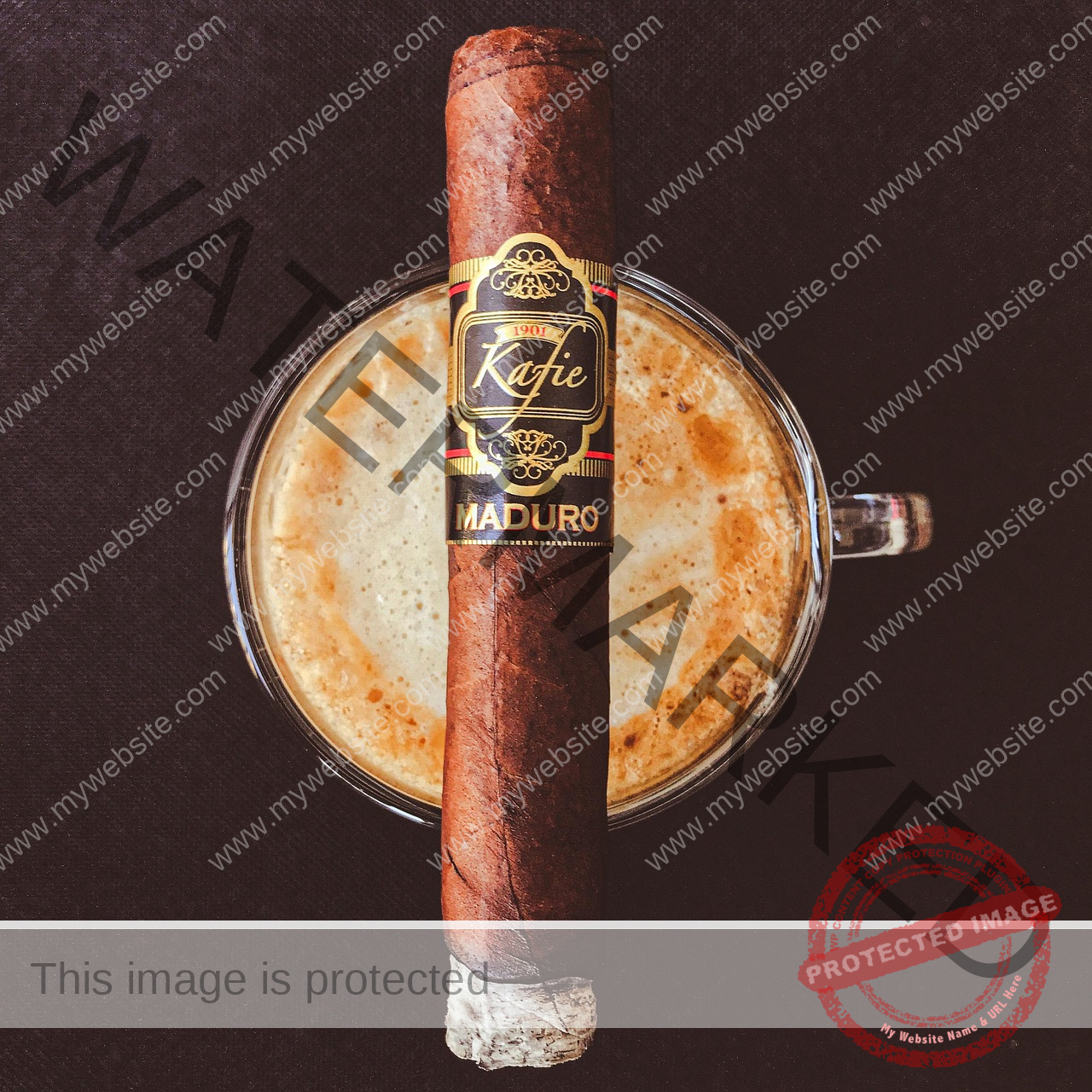Cigars have long been associated with sophistication, relaxation, and tradition. Whether you’re new to the world of cigars or looking to deepen your appreciation, understanding the basics is essential. In this guide, we will explore what cigars are, their history, types, and how to enjoy them properly.
A Brief History of Cigars
Cigars trace their origins back to the ancient Mayans, who were among the first to roll and smoke tobacco leaves. Christopher Columbus and his crew introduced tobacco to Europe after their voyages to the Americas, and it quickly became popular. Over time, regions such as Cuba, the Dominican Republic, and Nicaragua became renowned for producing some of the finest cigars in the world.

Cuban vs. New World (Non-Cuban) Cigars
Cuban cigars have long been considered the gold standard of the cigar world, known for their exceptional craftsmanship, rich flavors, and legendary reputation. Brands such as Cohiba, Montecristo, and Partagás are highly sought after by enthusiasts. The climate and soil in Cuba create a distinct flavor profile, often characterized by earthiness, spice, and smoothness.
However, New World cigars—those produced outside of Cuba—have gained significant popularity and rival Cuban cigars in quality. Countries like Nicaragua, the Dominican Republic, Honduras, and even the United States produce excellent cigars, often offering a wider variety of blends and flavors. Brands like Arturo Fuente (Dominican Republic), Padron (Nicaragua), and Alec Bradley (Honduras) are highly regarded among aficionados. Many New World cigars feature innovative blending techniques and unique wrappers that provide complexity and richness, making them a great alternative to Cuban cigars.
Understanding Cigar Composition
A cigar is composed of three primary components:
- Wrapper – The outermost layer that affects the cigar’s flavor and appearance. It comes in various shades, from light Connecticut to dark Maduro.
- Binder – The layer beneath the wrapper that holds the filler together.
- Filler – The inner tobacco leaves that determine the cigar’s strength and complexity.
Types of Cigars
Cigars come in a variety of shapes and sizes, but some common types include:
- Robusto – A short, thick cigar that delivers rich flavors in a compact size.
- Toro – Slightly longer than the Robusto, offering a balanced smoking experience.
- Churchill – Named after Winston Churchill, this is a longer cigar with a slower burn.
- Corona – A classic medium-sized cigar with a well-balanced draw.
- Lancero – A thin, elegant cigar that enhances the wrapper’s flavors.

Choosing the Right Cigar
For beginners, milder cigars are a great starting point, as they allow you to ease into the flavors without overwhelming your palate. Popular choices include Connecticut-wrapped cigars from brands like Montecristo or Romeo y Julieta.
How to Properly Enjoy a Cigar
- Cutting – Use a guillotine cutter, punch, or V-cutter to make a clean cut at the head of the cigar.
- Lighting – Use a butane lighter or wooden matches to evenly toast the foot of the cigar before taking slow draws to light it fully.
- Smoking – Take slow, measured puffs rather than inhaling, allowing the flavors to develop on your palate.
- Pairing – Enhance your experience by pairing cigars with whiskey, rum, or coffee.
Storing Your Cigars
Proper storage is crucial for maintaining a cigar’s quality. Humidors, which regulate humidity levels, keep cigars fresh and prevent them from drying out or becoming too moist.
Conclusion
Exploring cigars is a journey of taste, tradition, and craftsmanship. Whether you’re celebrating a special occasion or unwinding after a long day, understanding the nuances of cigars will enhance your appreciation. As you develop your palate, you’ll discover the intricate world of premium cigars and the culture that surrounds them.
If you’re looking to start your journey with high-quality cigars, be sure to explore curated selections from trusted brands or visit specialty lounges for expert recommendations. Happy smoking!
 No products in the cart.
No products in the cart. 